A context ratio comparing inflammation (hs-CRP) to iron storage (ferritin) to clarify results.
Securely stored in EU
Cancel anytime
Test 100+ biomarkers
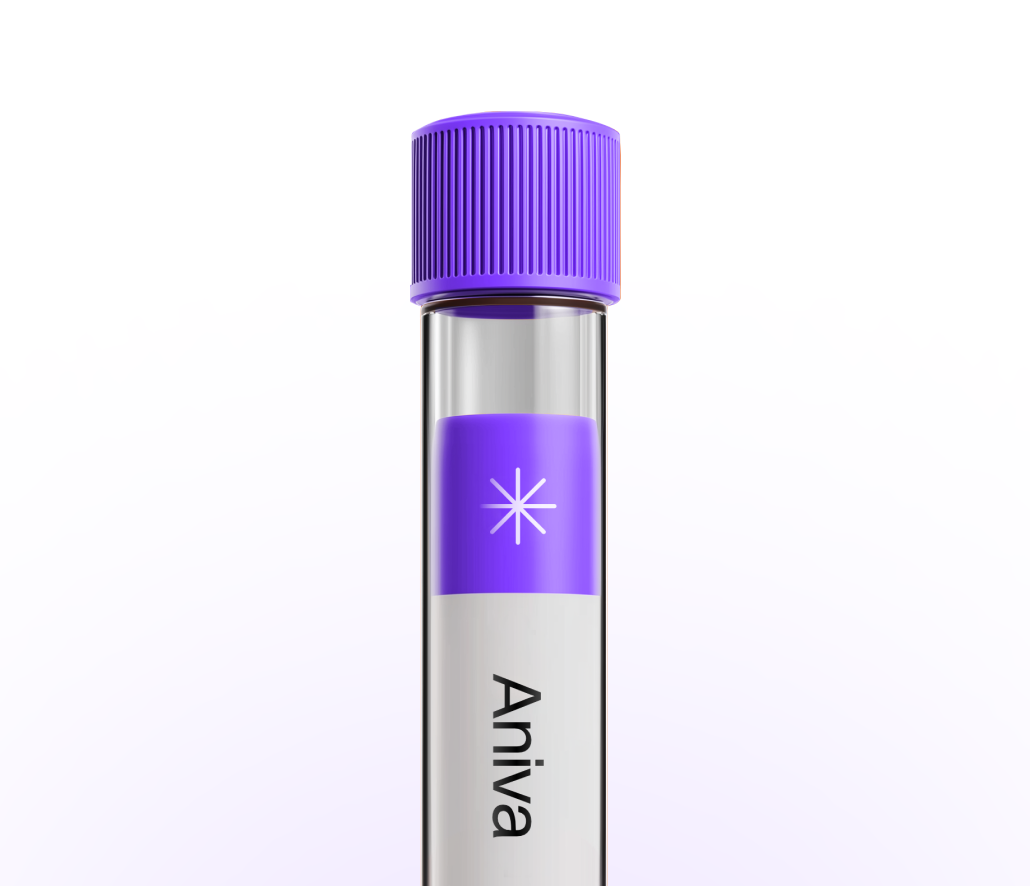
Less than 5 minutes waiting time. One
simple test at one of our 20+ locations.
Get your lab reports within one week.
Accessible on our app and per PDF.
All your health records stored
in a single, convenient place.

This ratio can help show whether inflammation might be influencing ferritin, which also rises during illness. It’s sometimes used to add context when exploring fatigue, low energy, or anemia-like symptoms, or when tracking recovery from inflammation. It can guide follow-up testing, such as a full iron panel or repeat testing when you’re well. You can test this marker with Aniva across Germany and Finland.
This ratio can help show whether inflammation might be influencing ferritin, which also rises during illness. It’s sometimes used to add context when exploring fatigue, low energy, or anemia-like symptoms, or when tracking recovery from inflammation. It can guide follow-up testing, such as a full iron panel or repeat testing when you’re well. You can test this marker with Aniva across Germany and Finland.
High: Inflammation appears high relative to iron stores. Ferritin may be influenced by illness; consider retesting when well and reviewing an iron panel.
Low: Inflammation appears low relative to ferritin. Ferritin may better reflect iron stores; trends and clinical context still matter. This ratio is not guideline-endorsed; no standardized cutoffs.
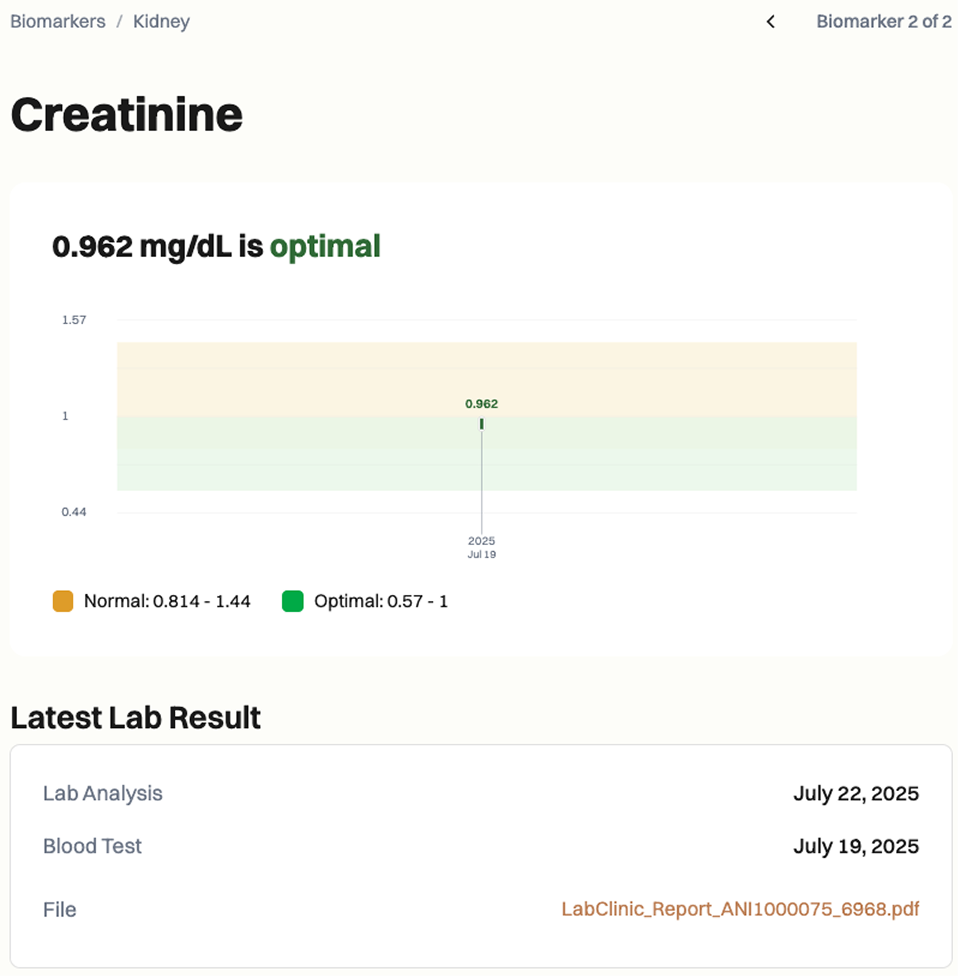
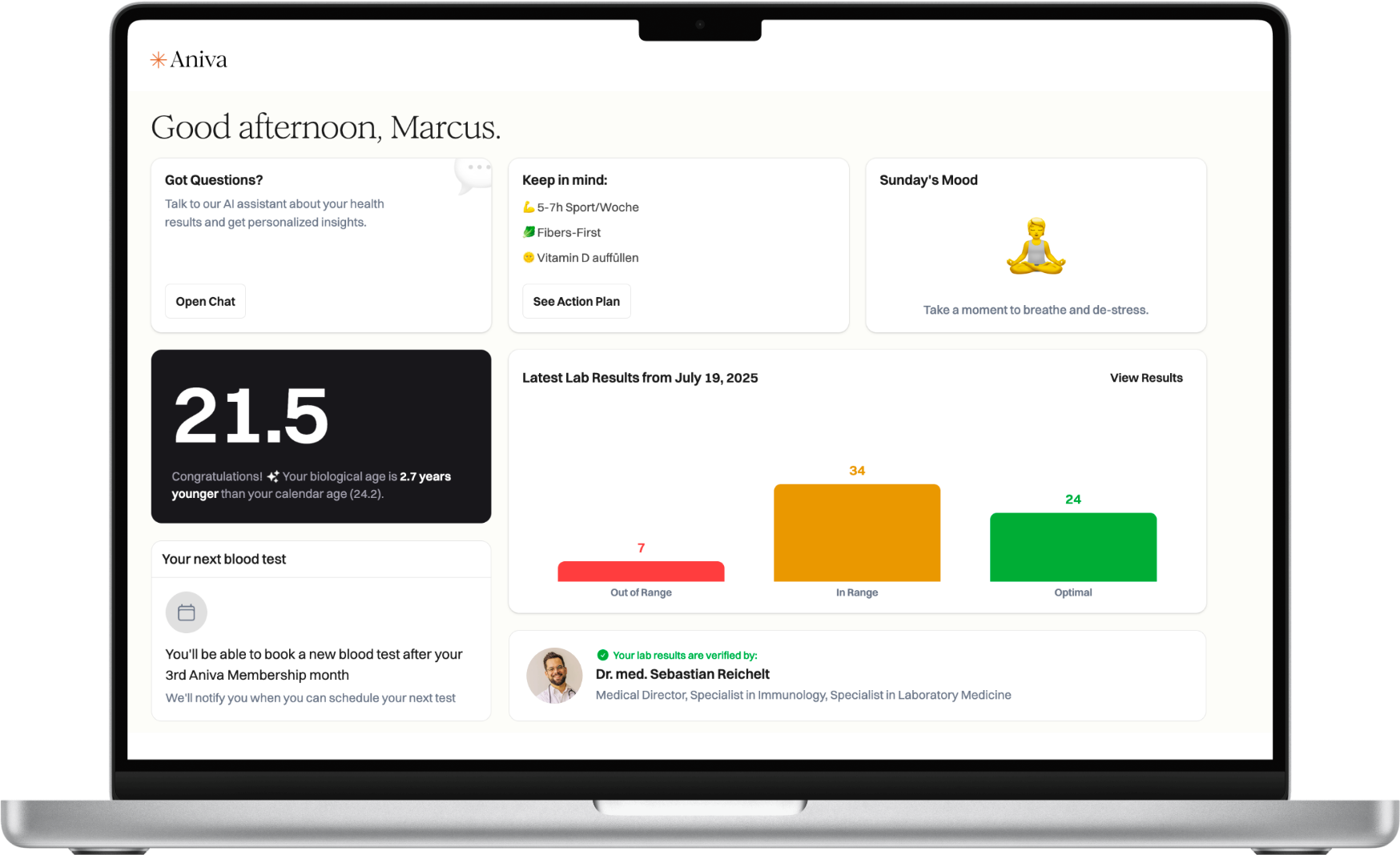
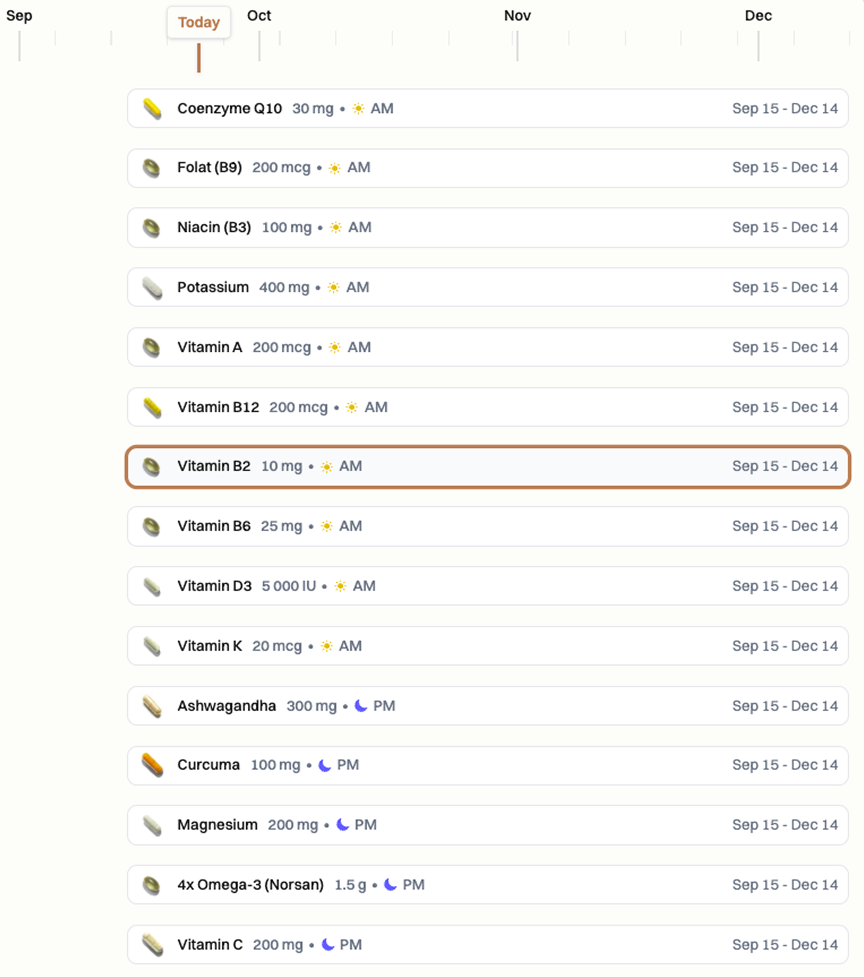
Common factors that can skew results include recent infections, injuries, or vaccinations, which can raise hs-CRP. Intense exercise, poor sleep, smoking, and obesity may also elevate hs-CRP. Iron supplements, recent infusions, and vitamin C can influence iron studies and ferritin. Anti-inflammatory medicines (like NSAIDs or steroids) and statins may lower CRP. Pregnancy and chronic inflammatory conditions can increase ferritin independent of iron stores.
Special situations: confirm or adjust interpretation if you are acutely ill, postpartum, recently had surgery, on anti-inflammatory therapy, or living with chronic inflammation.
What does a higher or lower ratio mean? A higher ratio suggests inflammation may be affecting ferritin. A lower ratio suggests ferritin may reflect iron stores more directly.
Do I need to fast? No. Fasting does not meaningfully change hs-CRP or ferritin for this ratio.
What can affect the result? Recent illness, hard workouts, smoking, pregnancy, iron supplements, and anti-inflammatory medicines can shift values. Test when you feel well if possible.
How often should I test? Many people repeat testing after recovery from illness or after changing supplements or lifestyle. Your clinician can suggest a timeframe.
How long do results take? Most labs report hs-CRP and ferritin within 1–3 business days.
What should I discuss with my clinician? Review symptoms, diet, supplements, and medicines. Ask whether to add an iron panel or repeat testing when you are well.

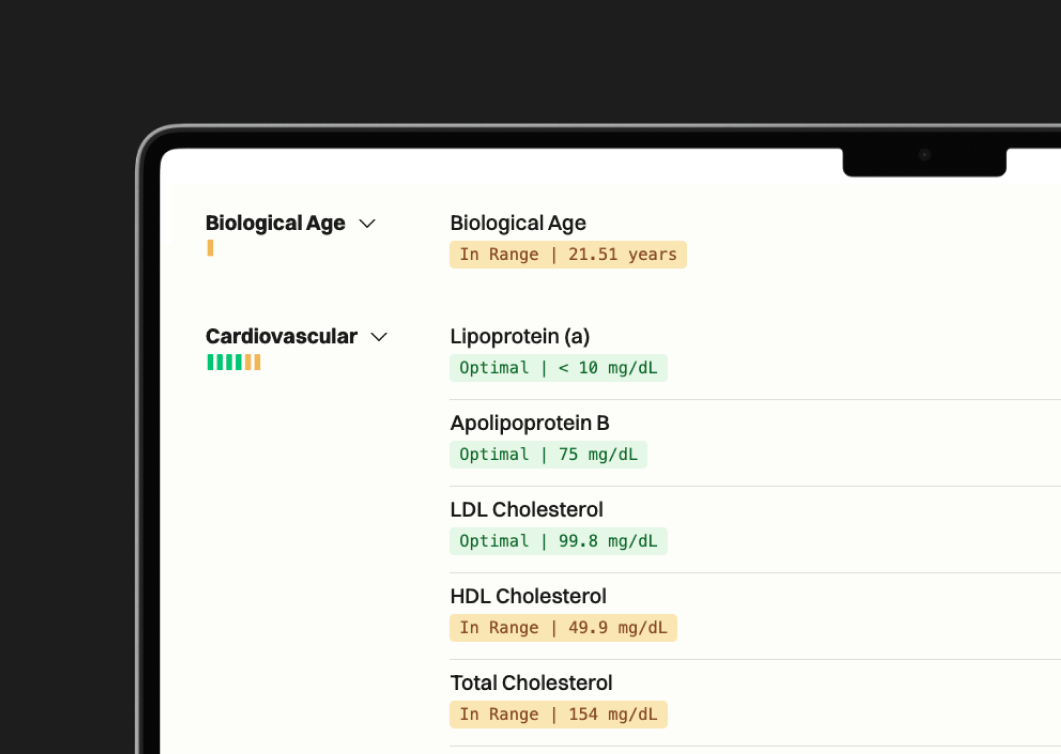

One annual blood test (100+ biomarkers)
Clinician-reviewed insights
Personalized action plan
Access to our AI Concierge
Access to curated products


63%
44%
70%